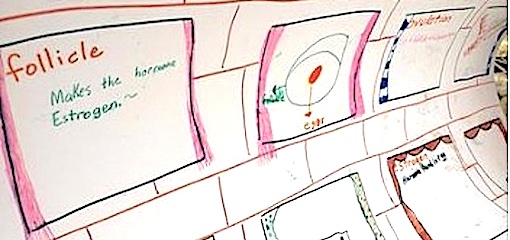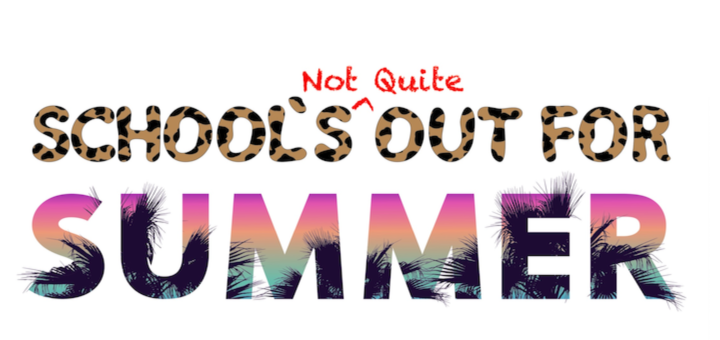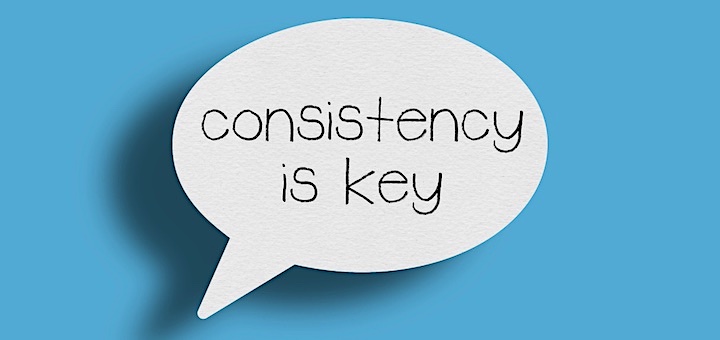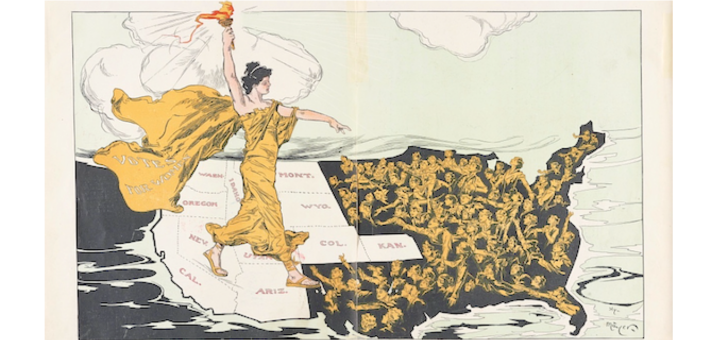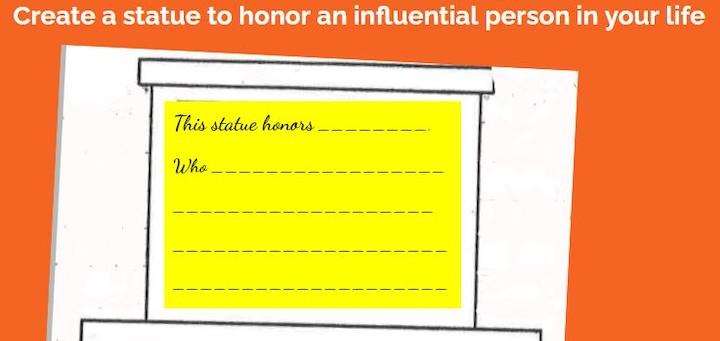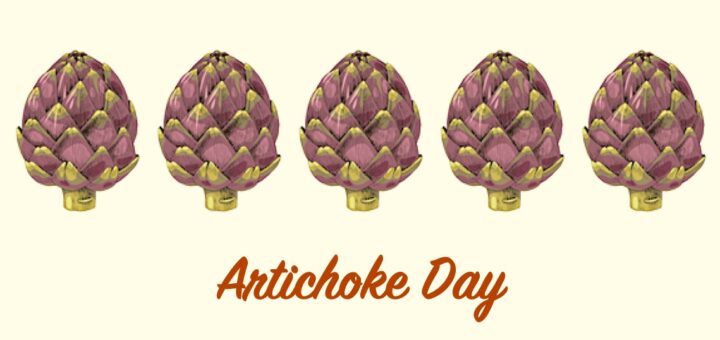4 Tips to Support Group Work in Middle School
We know group work can help middle schoolers learn, but what about their concerns? Who does what? How do they meet outside of class? How will they be graded? Laurie Hornik details four ways teachers can amplify the positive effects of group work and minimize the negative ones.


